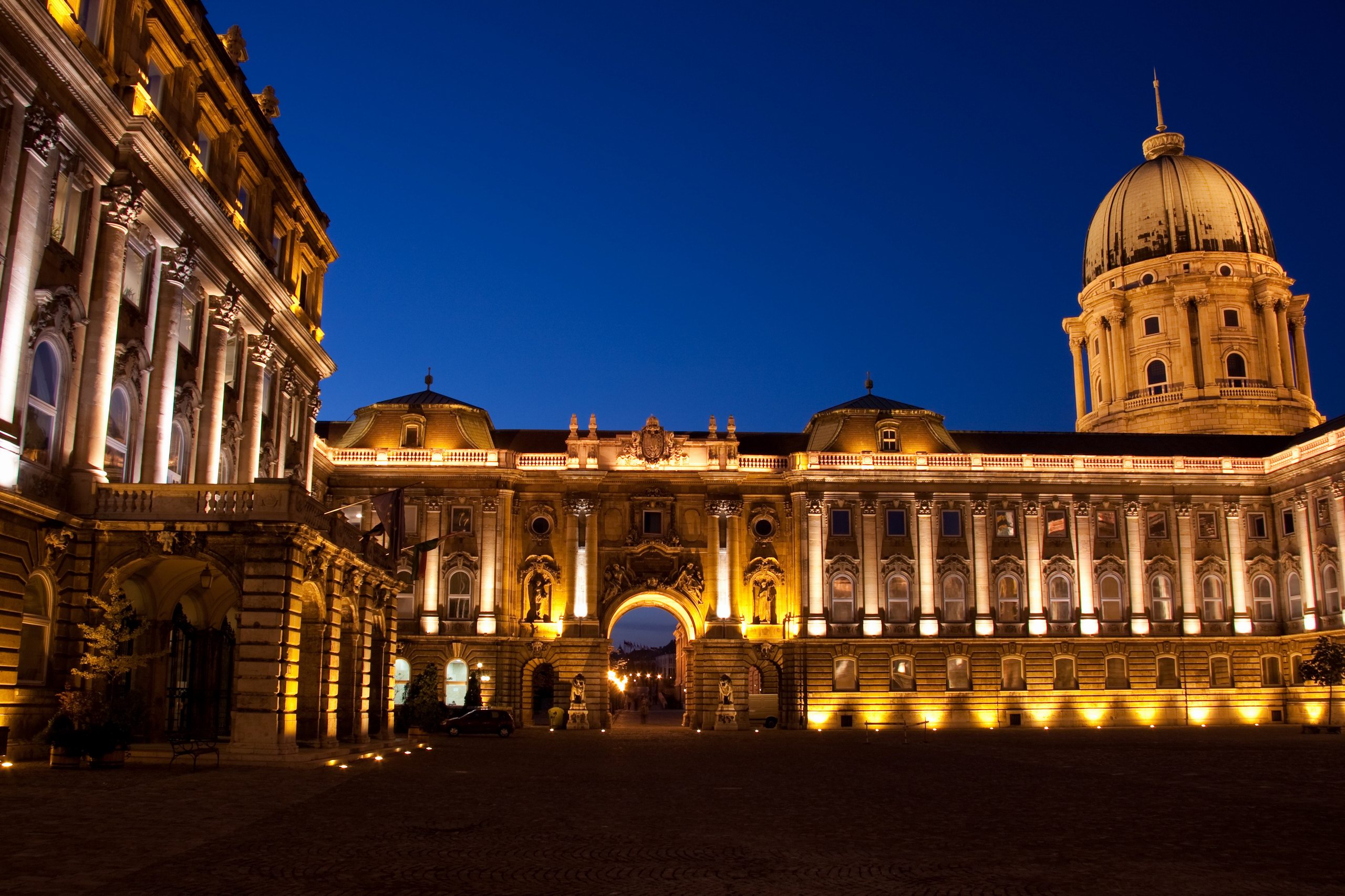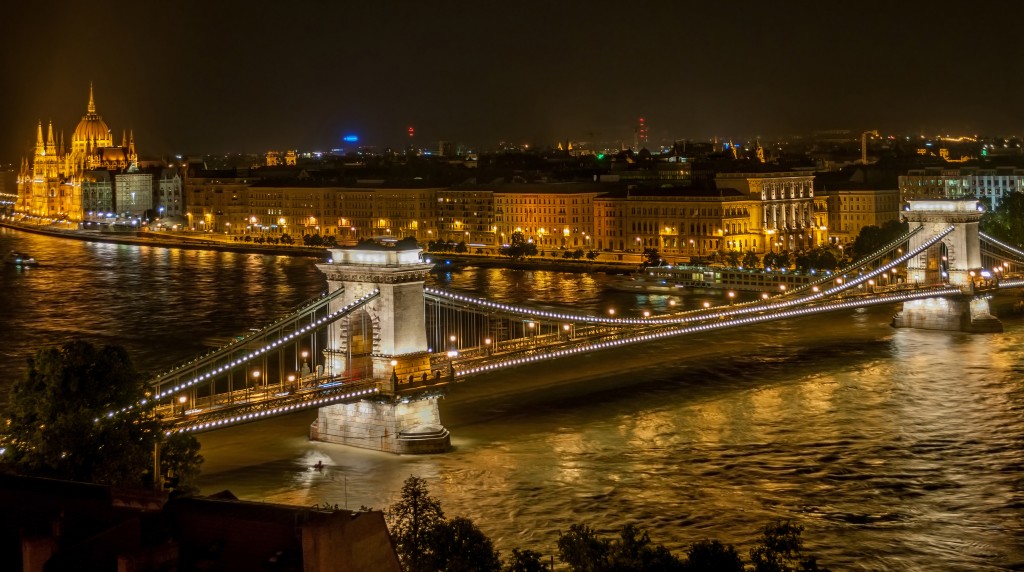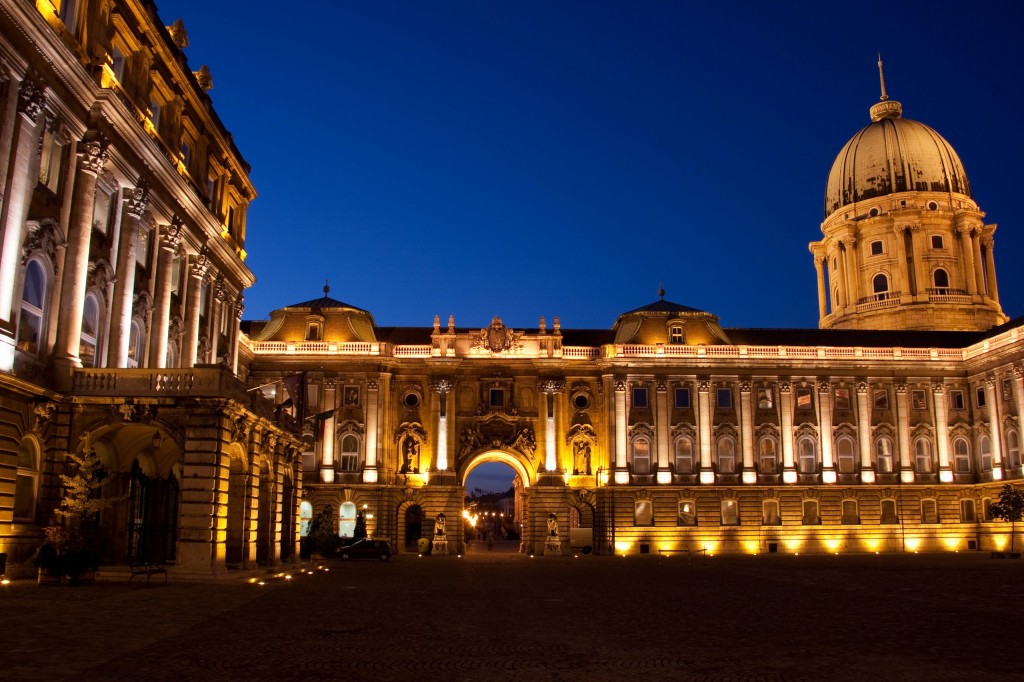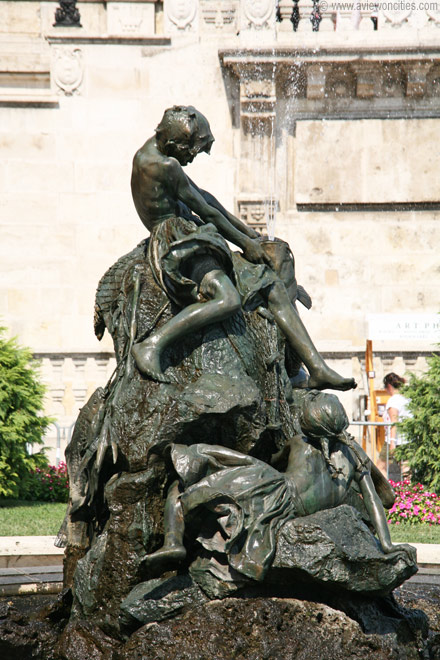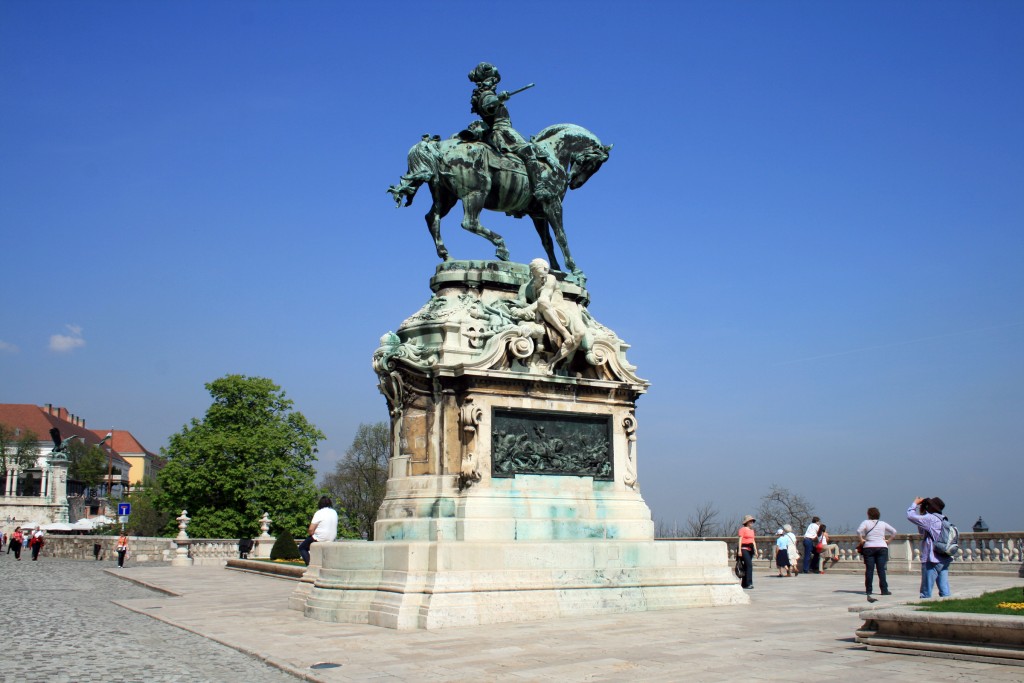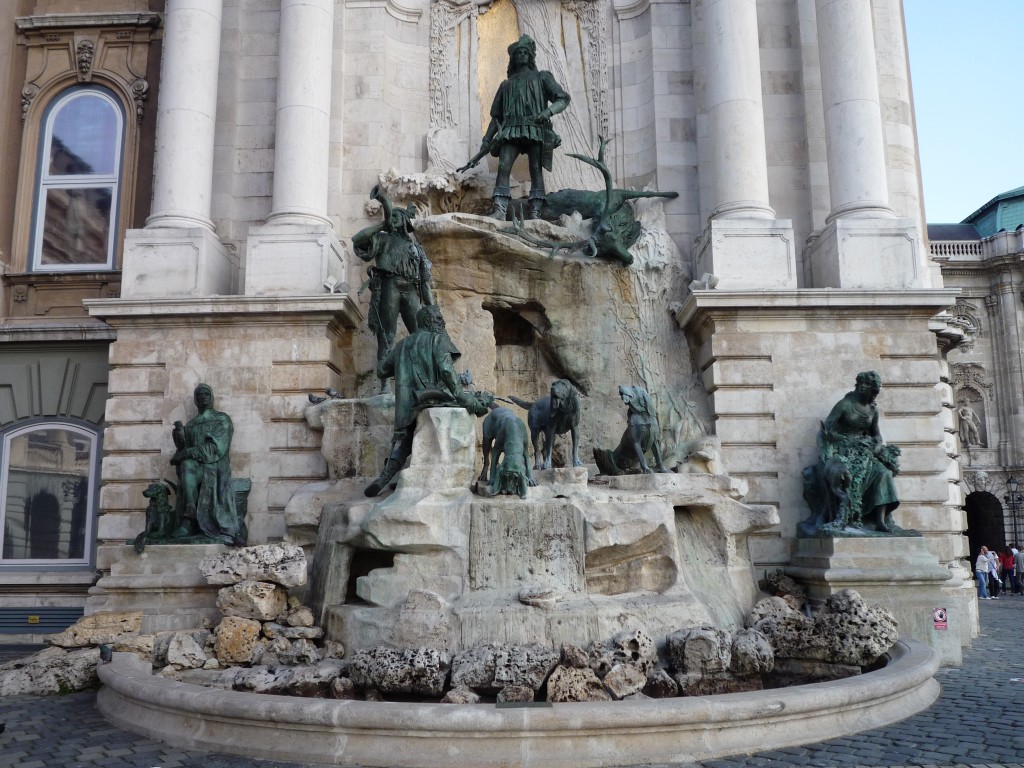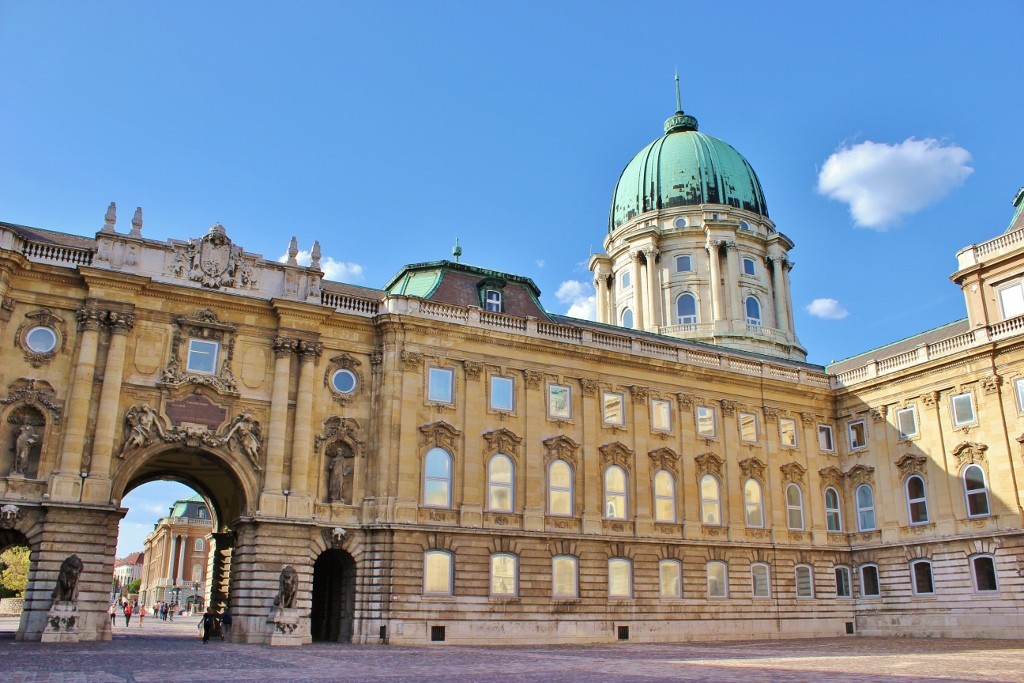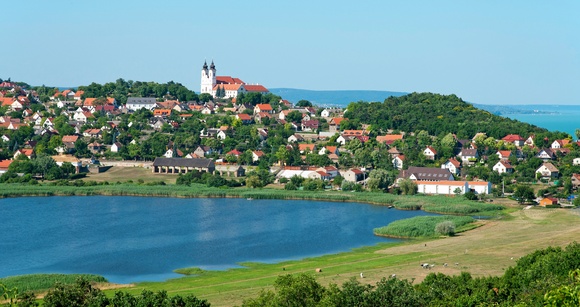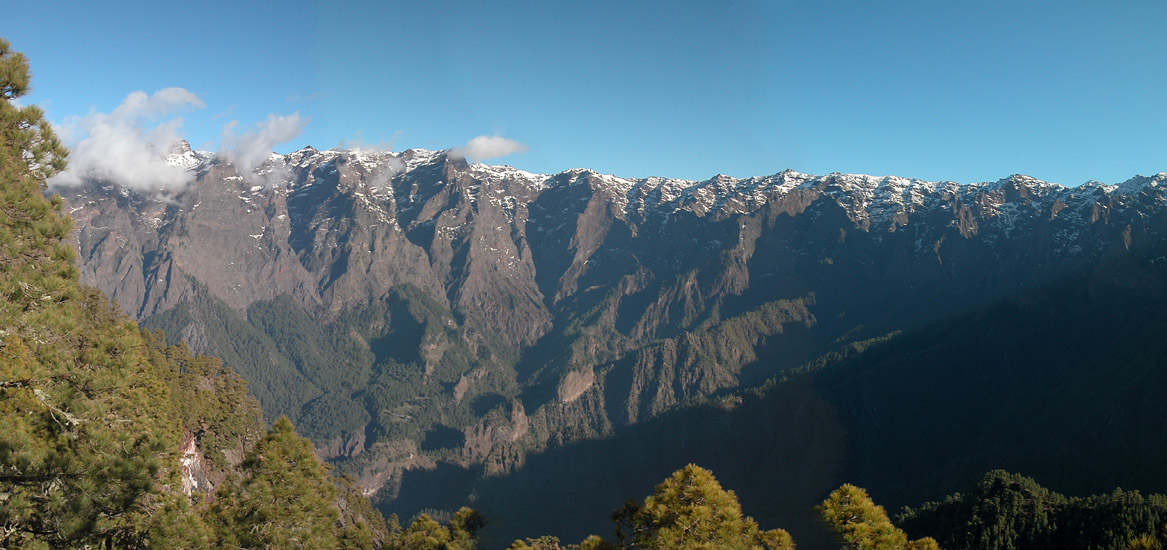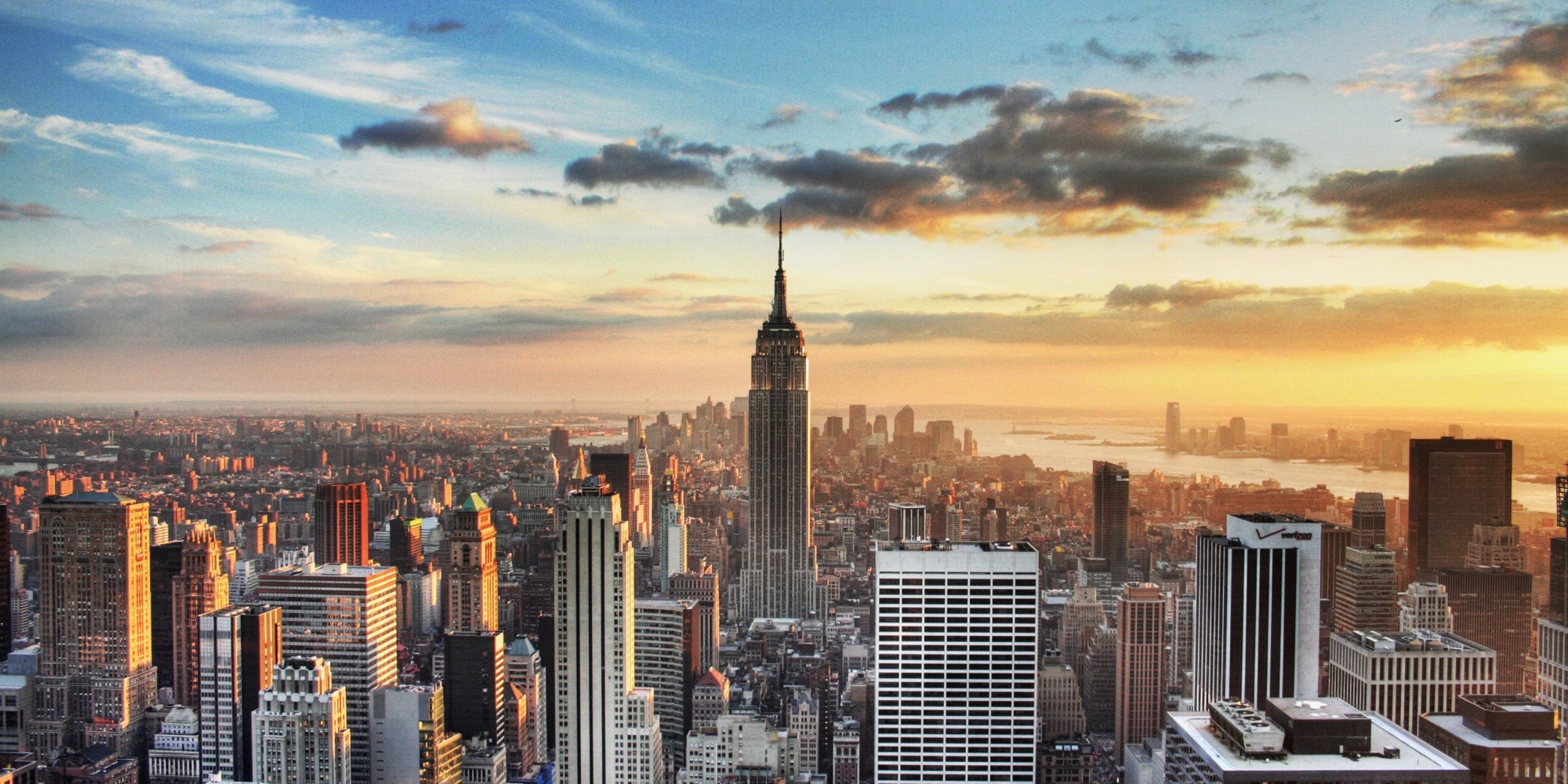If you travel to Hungary during your holiday, you should really visit the the Buda Castle in Budapest, which dates back to the thirteenth century, and dominates the skyline. If you’re on the eastern bank of the Danube, your eyes are automatically drawn to the castle, which lies on top off a hill, which makes it a perfect spot to enjoy the view of Pest and the Danube. You also have a clear view of the Chain Bridge, one of the most beautiful bridges of Budapest. At the back of the castle you can see parts that were bombed during World War II.
The castle consists of several wings built around a central courtyard, the lions court. This square is bordered by the National Library, the National Gallery and the Budapest History Museum.
| Lol Travel Momondo Viator | Booking.com cheapOair OneTravel |
Click Travel Agencies to see the providers in other countries
Most visitors enter the castle complex from St. George’s Square on the north side, where the Sikló funicular connects the castle hill with the Chain Bridge and Pest. A richly decorated gate from the early twentieth century forms the border between the square and the former royal palace.
Near the gate stands a bronze statue of a large bird, sitting on a high pedestal. It is the mythical Turul bird of death, a symbol of the Kingdom of Hungary. Step through the gate and walk along the so-called Habsburg stairs to a small terrace decorated with a beautiful romantic fountain, called Fishing Children. The fountain was created in 1912 by Károly Senyey and shows children grasping a large fish.
Walk further south and you come to another, larger terrace with two flower beds and an impressive statue of Prince Eugene of Savoy. From here you have a beautiful view of Pest. The statue, inaugurated in 1900 and designed by József Rona, honors the man who was responsible for the defeat of the Ottoman army and the liberation of Budapest from the Turks. The pedestal is decorated with statues of Turkish prisoners and bas-reliefs depicting scenes from the crucial battle at Zenta in 1697.
Most visitors of the castle are attracted by the fountain that decorated one of the wings of the palace. This is the Matthias Fountain, probably the most beautiful fountain of Budapest. It was designed in 1904 by Alajos Stróbl and shows a scene from the legend of King Matthias and the beautiful farmer’s daughter Ilonka.
On the west side of the courtyard, opposite the National Gallery, is the entrance to the National Széchenyi Library. The library is housed in the F wing of the royal castle, a late nineteenth-century expansion of Miklós Ybl and Alajos Hauszmann. The library was founded in 1802 by Count Ferenc Széchényi, who donated his private collection consisting of fifteen thousand books and manuscripts. Today, the library holds a copy of every book published in Hungary.
The southernmost wing of the castle is home to the Historical Museum of Budapest, which gives an overview of the history of Budapest from prehistoric times to the modern era. The museum gives you the chance to see relics and reconstructions of medieval palace, including a Gothic chapel and a hall. You can also see some marble sculptures that adorned the castle.
If you descend the stairs just outside the historical museum you can see a courtyard of the former medieval castle. Some of the walls and foundations of the walls are authentic while other parts are twentieth-century reconstructions.
We hope you liked this article, so feel free to like, share and comment!

